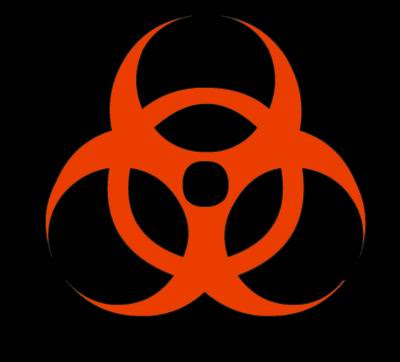
The Williamsburg Off-Channel Wetland utilizes an existing 3-acre reservoir, located in the Village of Williamsburg. EPA-ORD identified constructed wetlands as an efficient and cost-effective practice for reducing nutrient and sediment pollution in the upper watershed, above Harsha Lake. Economic and watershed modeling done by U.S. The project site is located within the Temperate Plains region where nutrients and siltation have been identified as leading sources of water quality impairment. Wetlands, referred to as the “kidneys of the landscape,” not only provide critical habitat for fish and wildlife, but also absorb excess water and filter out pollutants. HABs have led to increased water treatment costs, public health advisories, beach closures and event cancellations. Harsha Lake is a drinking water source for +100,000 residents and serves as a $1.6 million regional hub for outdoor recreation. Excess nutrients fuel Harmful Algal Blooms (HABs) which have been increasing in frequency and intensity in William H. EPA-ORD watershed modeling indicate row-crops contribute approximately 70% of the nitrogen and phosphorus flushing into East Fork streams in the upper watershed above Harsha Lake.

Ohio EPA’s recent assessment of the EFLMR identified segments of the main stem and major tributaries as impaired due to nutrient enrichment, sediment runoff and poor habitat. Soil erosion and nutrient runoff from poor land use practices and unrestricted agricultural fertilizer applications threatened streams across Ohio, including the EFLMR watershed and Harsha Lake.

In addition, the Myotis sodalis (Indiana bat), Haliaeetus leucocephalus (bald eagles), Pandion haliaetus (ospreys) and Ardea herodias (Great Blue Heron) are also known to occur and migrate in the area and may indirectly benefit from improvements to water quality and the subsequent anticipated increases in macroinvertebrate and fish production. Plant species that may benefit from the project include Trifolium stoloniferum (Running buffalo clover). Although not considered endangered, several native species, including smallmouth bass, longear sunfish, rainbow and orange-throat darters, large mouth, spotted and small mouth bass occur throughout the EFLMR watershed. In addition, the Ohio Biodiversity Database has records at the project site for the River Redhorse (Moxostoma carinatum), a state species of concern, in the project vicinity. The project is within range of the shovelnose sturgeon (Scaphirhynchus platorynchus), a state endangered species and the goldeneye (Hiodon alosoides), also state endangered. In preparation for the Williamsburg low-head dam removal, a mussel survey and relocation was conducted in 2018. In addition, the Ohio Biodiversity Database has records near the project site for Fawnsfoot (Truncilla donaciformis) state threatened, and a record for a mussel bed containing 12 different species. Mussel species that may benefit from habitat improvements include rayed bean (Villosa fabalis), a state and federally endangered mussel the sheepnose (Plethobasus cyphus), a state endangered and federally endangered mussel the fanshell (Cyprogenia stegaria), a state and federally endangered mussel the pink mucket (Lampsilis orbiculata), a state and federally endangered mussel the washboard (Megalonaias nervosa), a state endangered mussel the snuffbox (Epioblasma triquetra), a state and federally endangered mussel the ebonyshell (Fusconaia ebena), a state endangered mussel the butterfly (Ellipsaria lineolata), a state endangered mussel the elephant–ear (Elliptio crassidens), a state endangered mussel the Ohio pigtoe (Pleurobema cordatum), a state endangered mussel the monkey face (Quadrula metanevra), a state endangered mussel and the wartyback (Quadrula nodulata), a state endangered mussel. Diverse mussel species have historically thrived in the EFLMR and population studies have been documented by ODNR and Dr. Chapter 13 : Reservoir Fish Habitats: A Toolkit for Coping with Climate ChangeĪccording to the Ohio Wetlands Association, 43% of threatened or endangered species live in or depend on wetlands.Chapter 12 : Habitat Management Decisions.Chapter 11 : Aquatic and Terrestrial Plants.Chapter 10 : Artificial Reefs and Structures.




 0 kommentar(er)
0 kommentar(er)
